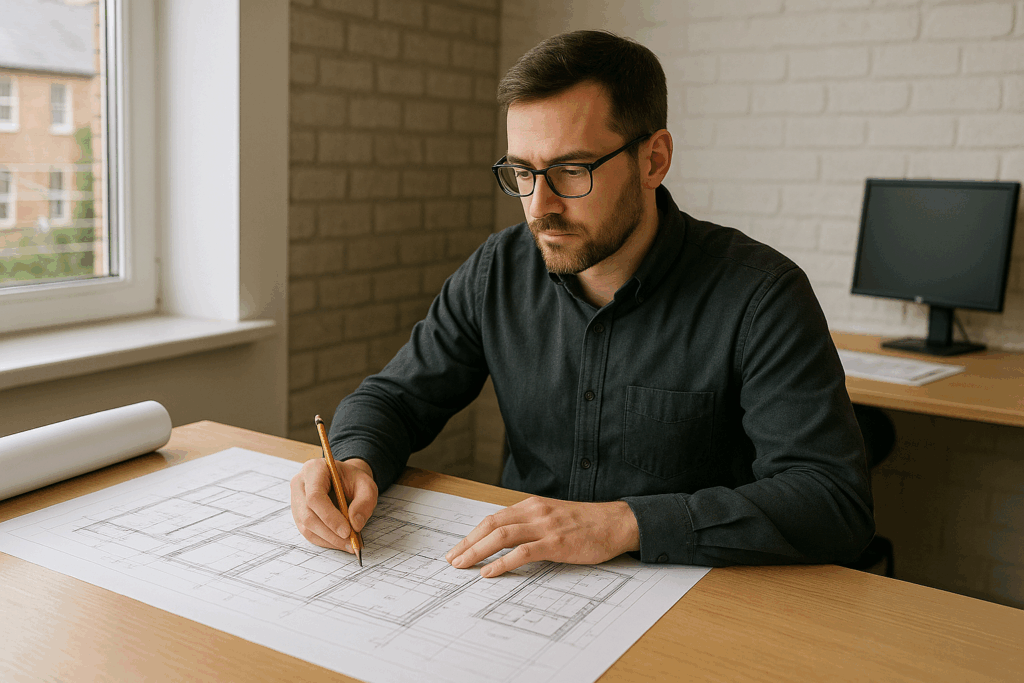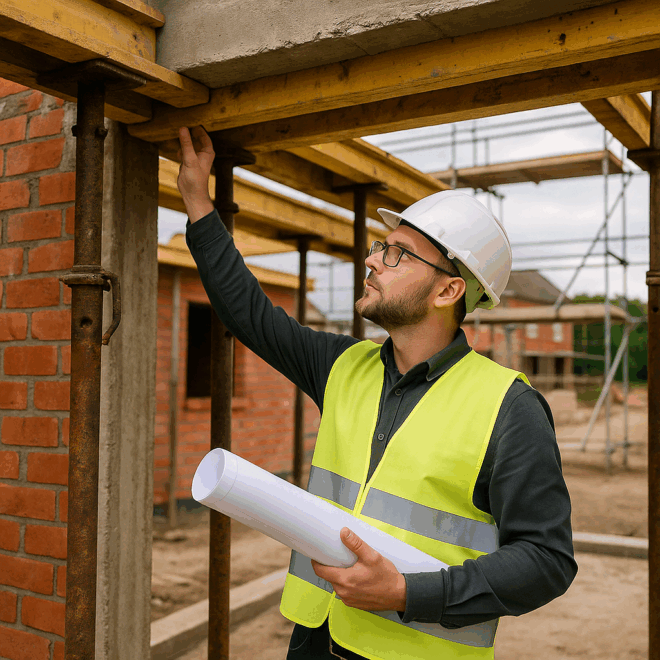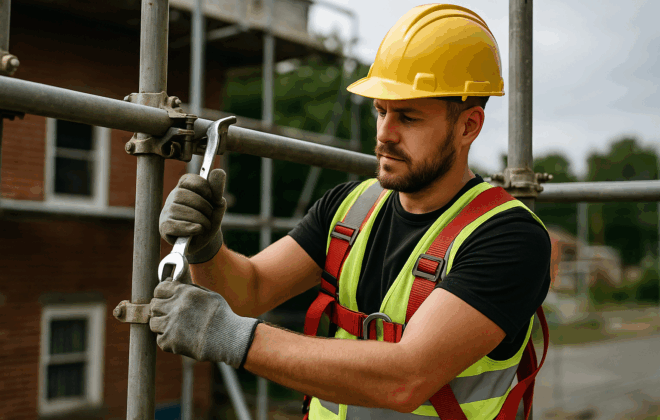Structural Engineer
A structural engineer makes sure buildings, bridges, and other big structures are strong and safe. They imagine how heavy things like floors, walls, and roofs will push and pull on each other. Then they work out the best way to hold everything up so it doesn’t fall down or break, even in strong winds or earthquakes.
What tools do you use to do your job?
- Paper and pencils (or computers) to draw plans and sketches.
- Calculator or computer software to do tricky math and check that your designs are safe.
- Measuring tools like rulers, tape measures, and levels to check sizes on real buildings.
- Models (small versions of buildings) or computer models to test how forces move through a structure.
What makes a good structural engineer?
- Curiosity: You must love asking “Why?” and “How?” when you see a building or bridge.
- Good at math: Adding, subtracting, and using shapes (geometry) helps you work out forces and loads.
- Careful thinker: Every detail matters—tiny mistakes can make big problems later.
- Creative problem-solver: Sometimes you need to invent new ways to make a design work better or faster.
- Team player: You talk with architects, builders, and other engineers so everyone understands the plan.
What do you do each day?
- Morning meeting: Chat with architects or builders about what they need, like how wide a bridge must be.
- Draw and design: Use a computer program or paper to sketch beams, columns, and supports.
- Check calculations: Make sure your numbers show the structure can hold up all the weight safely.
- Visit the site: Walk around a building under construction to see if everything matches your plans.
- Solve surprises: If the ground is softer or the weather changes the plan, you figure out a new solution.
- Write reports: Explain your designs and notes so everyone on the team knows exactly what to build.






